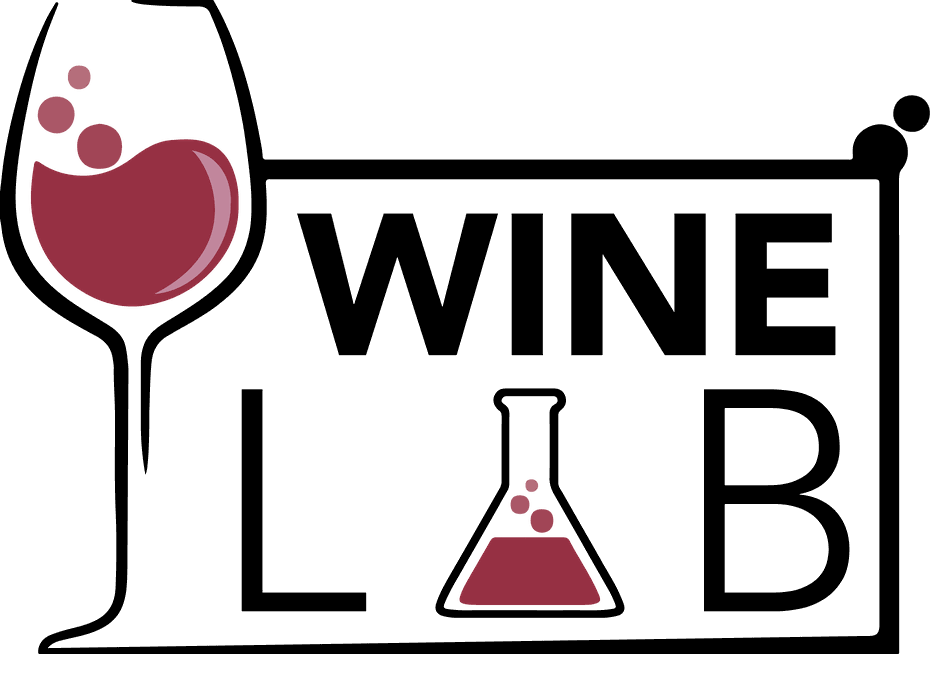One of the main ingredients in grape juice is sugar, specifically glucose and fructose. During the process of fermentation, yeast feeds on these sugars, turning them into alcohol and carbon dioxide, among other components. Residual sugar, or RS, is natural grape sugar that is not converted to alcohol and is left over in the wine. It is measured in grams per liter (g/Lt) and varies greatly depending on the style of the wine. Dry reds, whites, roses and sparkling wines can have anywhere from 0-17 grams per liter, while late harvest wines and Tokaji Aszú have more than 120 grams. That said, the content of a bottle of wine can be anywhere from 0.1% to 20% residual sugar. Depending on the quantity, residual sugar adds mouthfeel, enhances fruit flavors, and balances acidity.
Producers can purposely stop the fermentation process, resulting in “off-dry” wines with lower alcohol levels and a touch of residual sugar. This style pairs very well with sushi rolls, spicy dishes like chicken curry, or vegetable-based plates. Grab a bottle of Stemmari Moscato, Chateau St Michelle Eroica, or Doctor Loosen Riesling to enjoy a touch of residual sugar perfectly balanced with piercing acidity.
Author: Maytte Rivera



